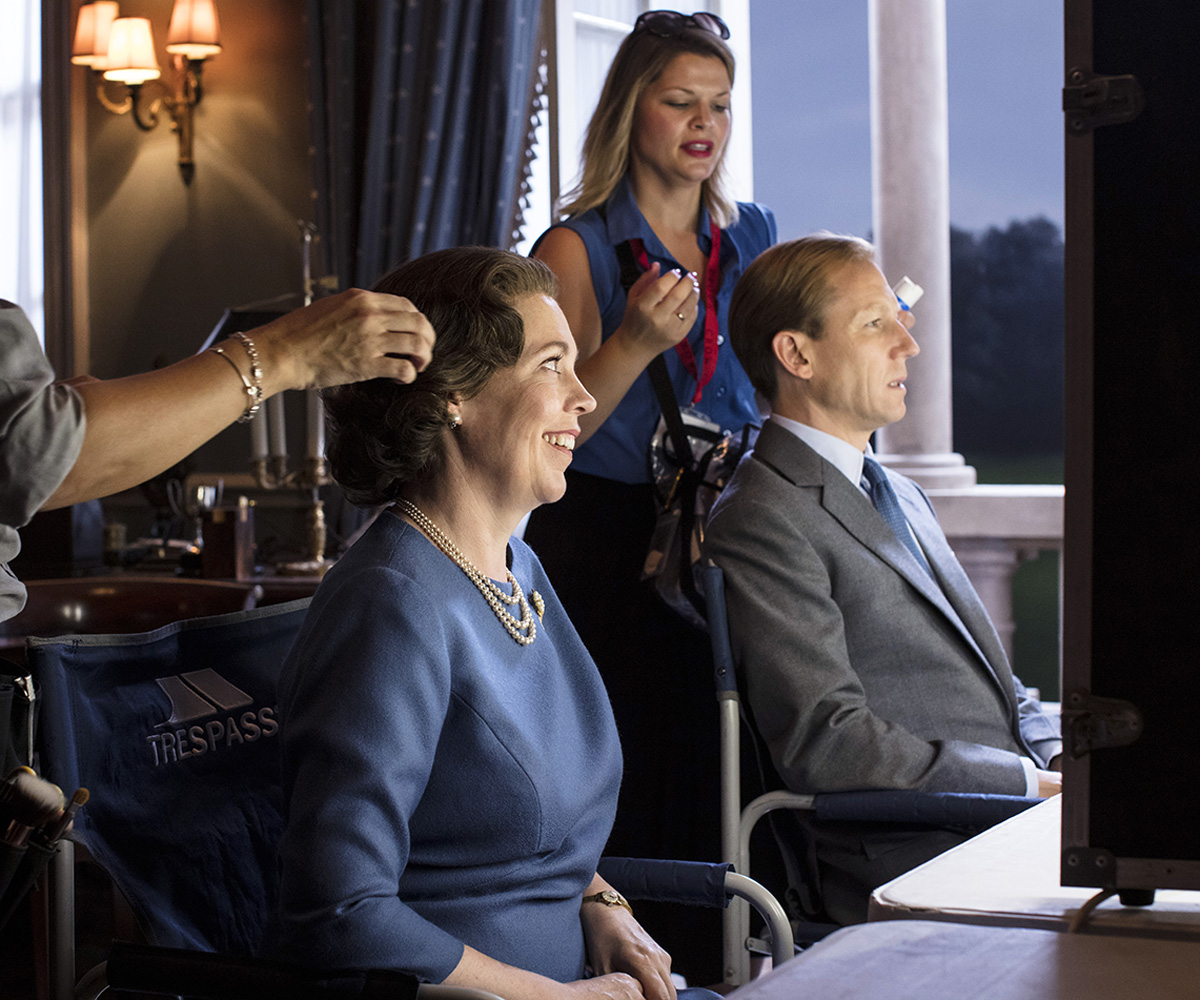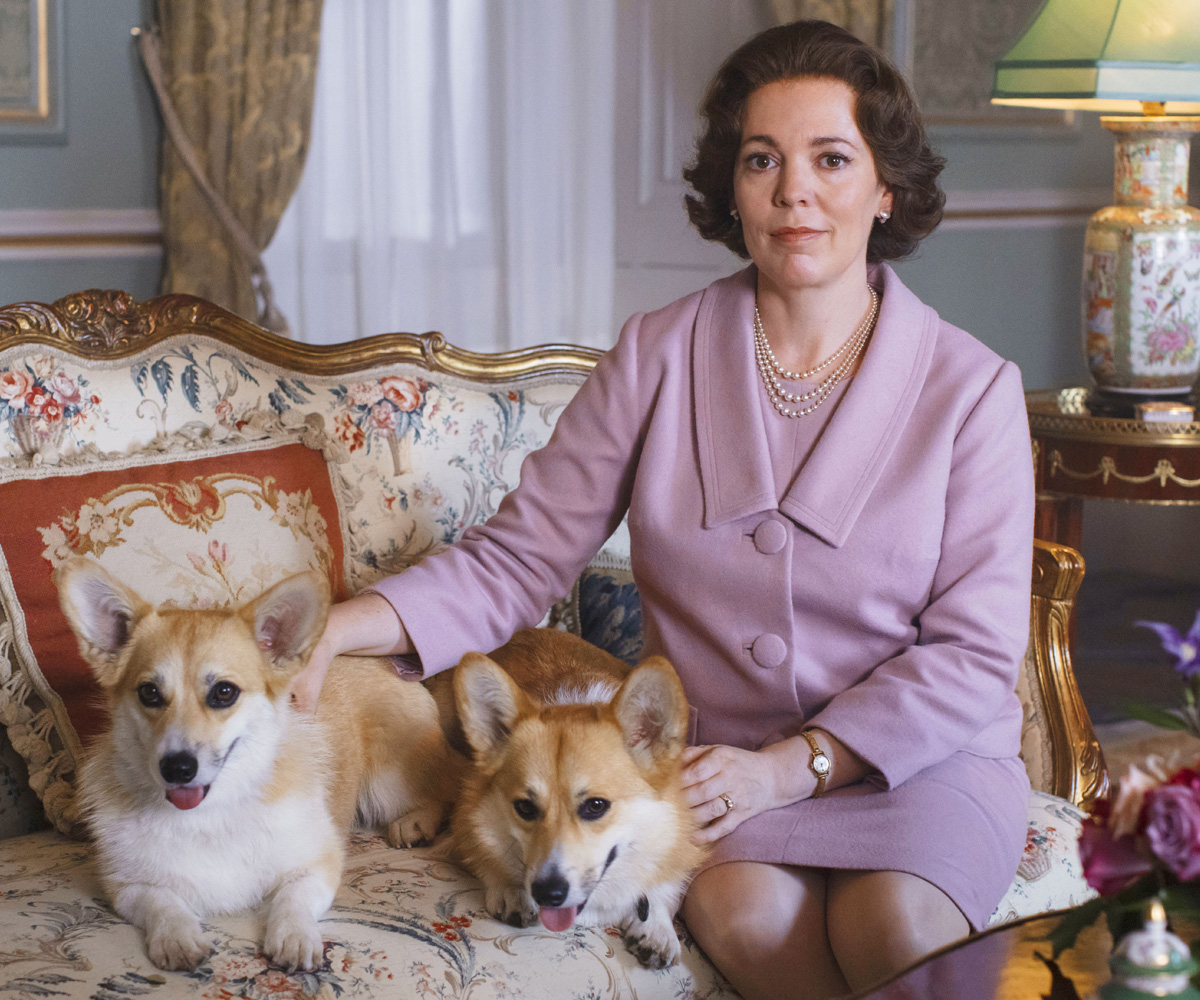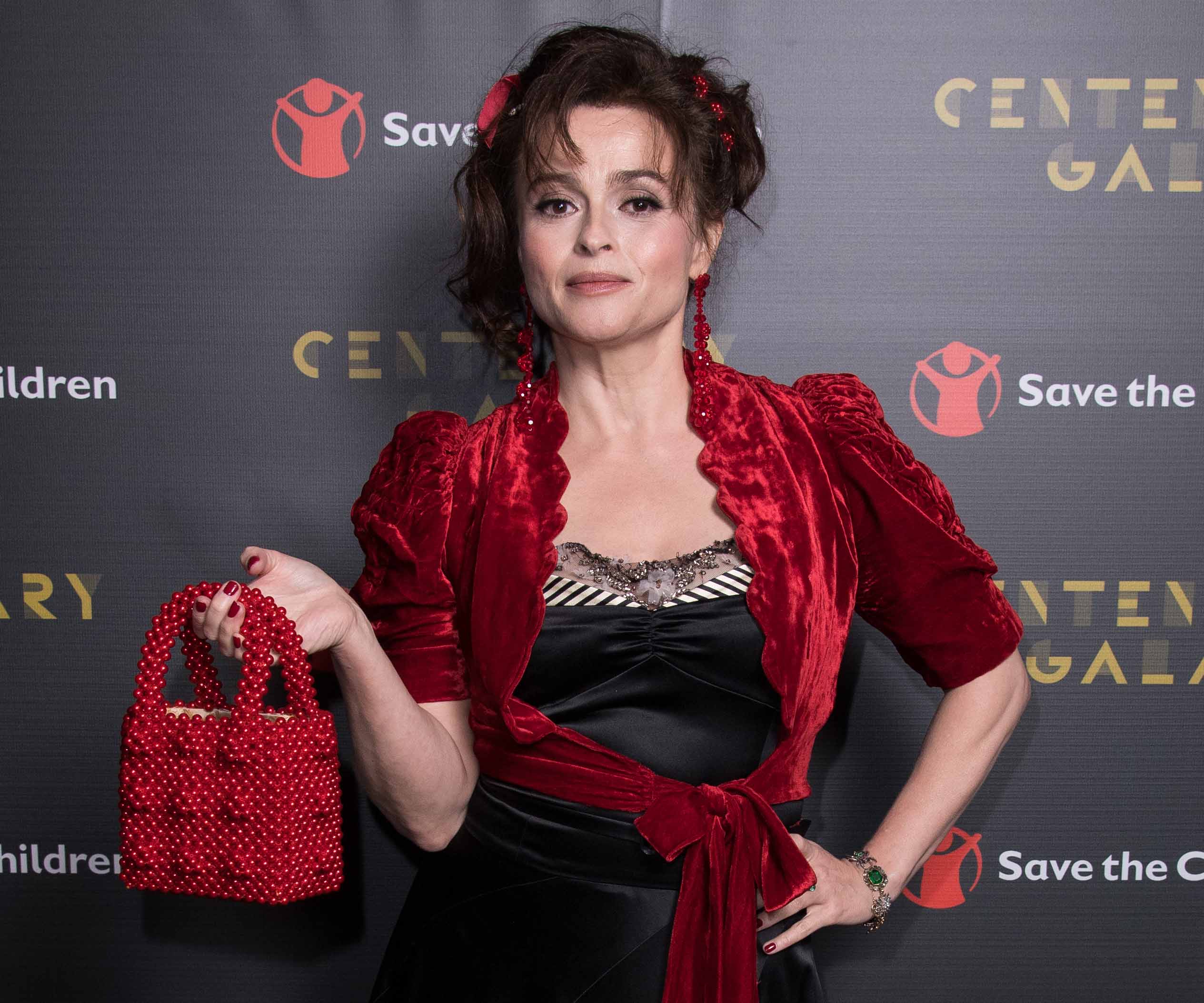As the relatively newly minted Duke and Duchess of Sussex fight for their right to privacy, Harry’s grandmother may well be steeling herself for another 10 episodes of The Crown.
It would be at best flattering and at worst downright annoying to see your family’s life under the dramatic microscope, your most intimate and private moments fictionalised in a manner that makes them appear as fact.
What the royals really think of the hit show, if indeed they watch it, is not known, but, suffice to say, the Palace hackles rose when the show’s creator, Peter Morgan, recently suggested in a UK newspaper interview that he met with royal representatives four times a year to discuss his drama’s content.
The Queen’s communications secretary, Donal McCabe, promptly sent a letter to the newspaper countering the claim: “The Royal Household has never agreed to vet or approve content, has not asked to know what topics will be included, and would never express a view as to the programme’s accuracy.”
So the question remains. Is The Crown fact or fiction? And the answer is, surely, we will never really know.
But that doesn’t make this series any less enjoyable, intoxicating or valid.
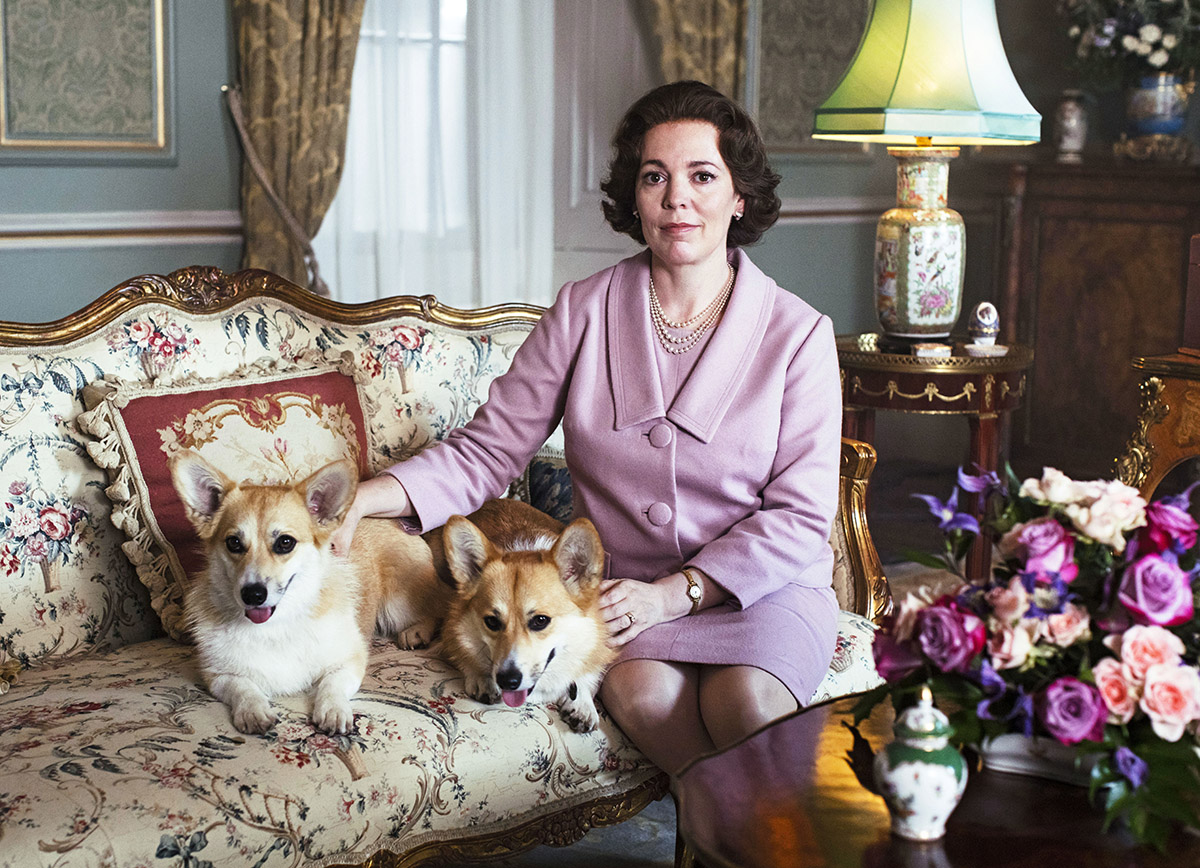
Of course, royalty has always been a mine of material for films, plays, books and television, but more often than not this happens when the subjects are long gone.
What makes The Crown so fascinating and daring is that most of its characters are still very much with us and, as the time frame edges closer to present day, they are also extremely well known to the viewer.
While Princes Harry and William are not yet in the drama, their father is a key part of season three, which went live on Netflix in November 2019, and their mother is rumoured to be dominating season four, which recently started filming and is said to air in 2020.
But there’s nothing sensationalist about the dramatisation, which so far has offered a respectful portrayal of the royal family that feels true to life.
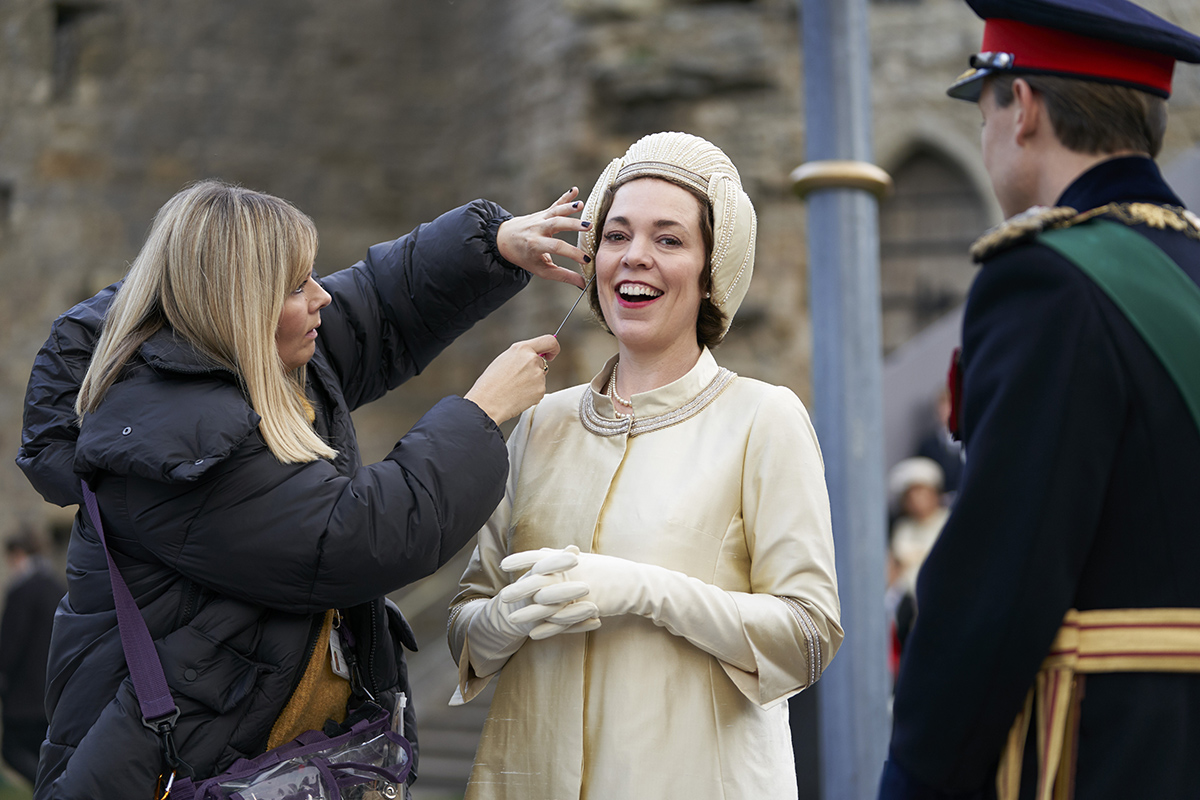
Tweaking one of the hats, for which the Queen is well known.
Season three powers on in this vein and, if anything, offers a growing insight into how, behind the palaces and riches, the royal lot is tougher than it looks.
Claire Foy won an Emmy and Golden Globe for her portrayal of the Queen in series one and two, but Her Majesty is now middle-aged and season three launches with a brand-new cast, headlined by Oscar-winner Olivia Colman stepping in as the Queen and Helena Bonham Carter taking on Princess Margaret.
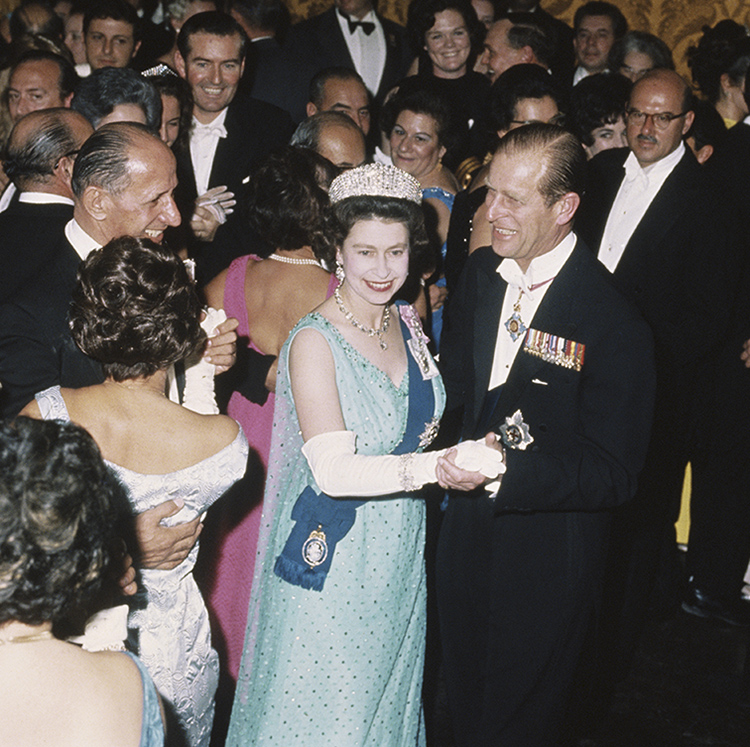
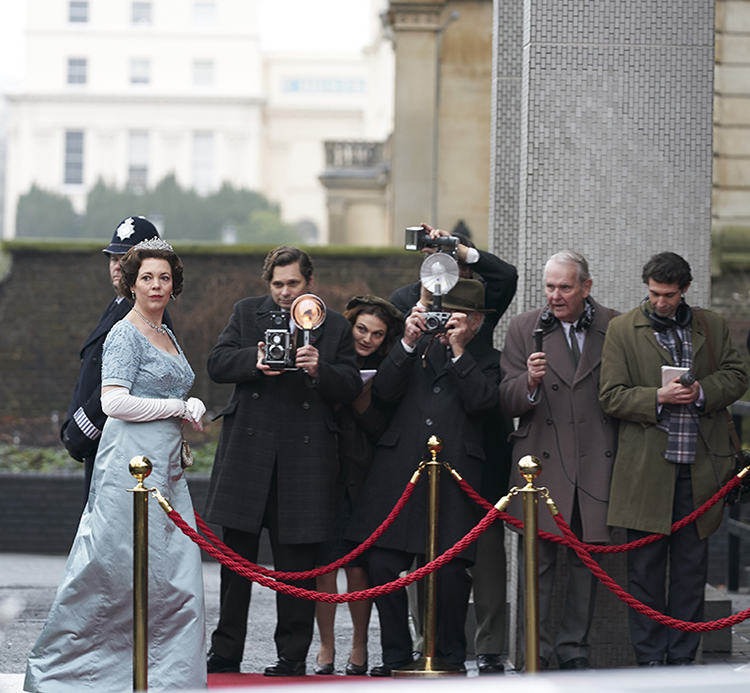
The action begins in 1964 with the election of Britain’s Labour Prime Minister Harold Wilson and ends with the celebration of the Queen’s Silver Jubilee in 1977.
En route we see Princess Margaret struggling, both with her marriage and her subordinate position within the royal firm; Prince Charles invested as the new Prince of Wales in 1969 and finding love with Camilla Shand; Princess Anne in the clutches of a romantic liaison with Andrew Parker Bowles; the exiled Duke of Windsor in his final year, 1972; the Duke of Edinburgh’s mother coming to live at Buckingham Palace… and much more.
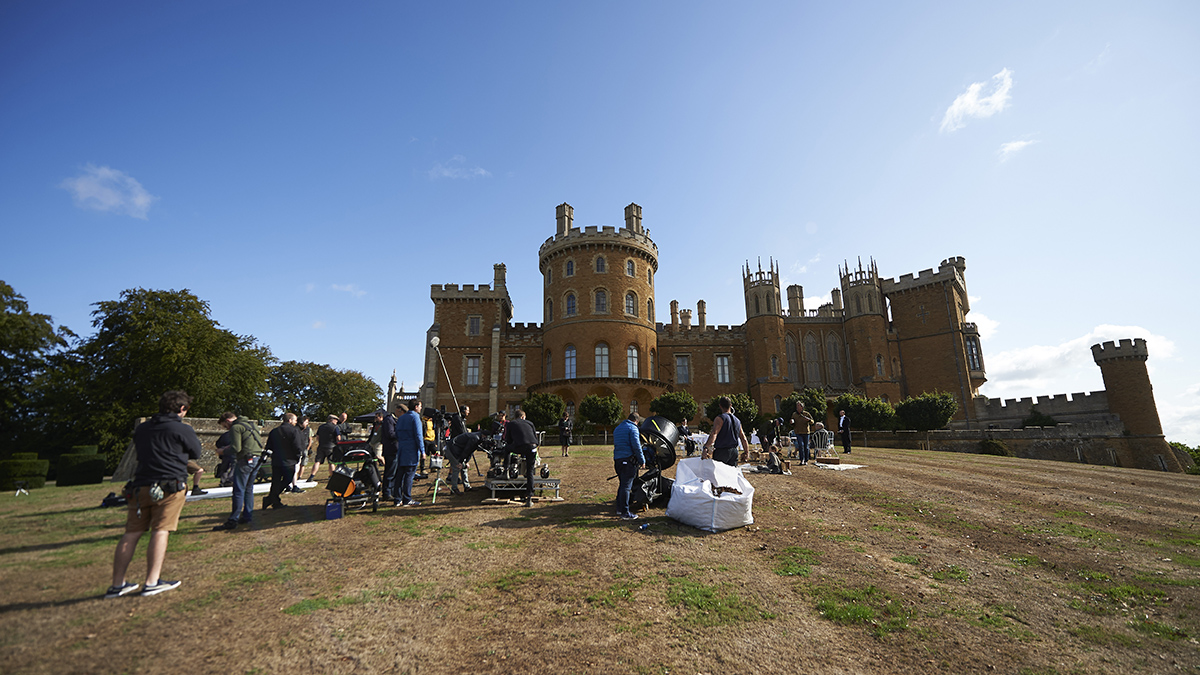
The glorious Lancaster House was cast as Buckingham Palace.
The private loves, losses and family dramas are set against key moments in British history, including the death of Sir Winston Churchill in 1965, Princess Margaret’s star-studded and controversial US tour the same year and the 1966 mining disaster in Aberfan, Wales, when 116 children and 28 adults were tragically buried alive or crushed beneath coal slurry.
What makes the Netflix epic stand head and shoulders above other royal dramas is its impressive framework of rigorously researched fact, with £50 million per series (over NZ$100 million) spent on attention to detail, from the plot lines down to the wardrobe and scenery.
The writing team plumbs national archives, books, private letters and government papers to ensure the stories are as close to the truth as possible.
The wardrobe crew recreates ceremonial robes and a portfolio of outfits, with the walls of their office studded with archive photos as reference.
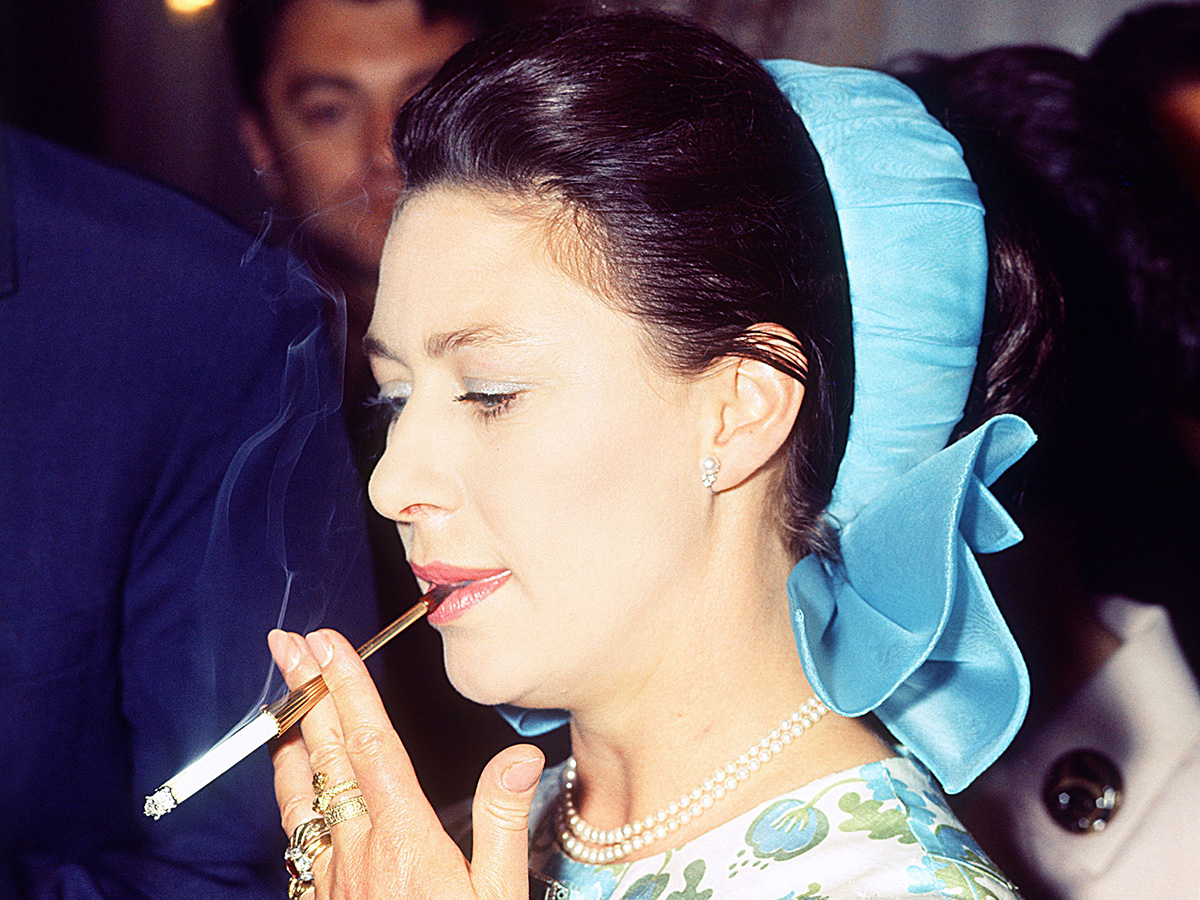
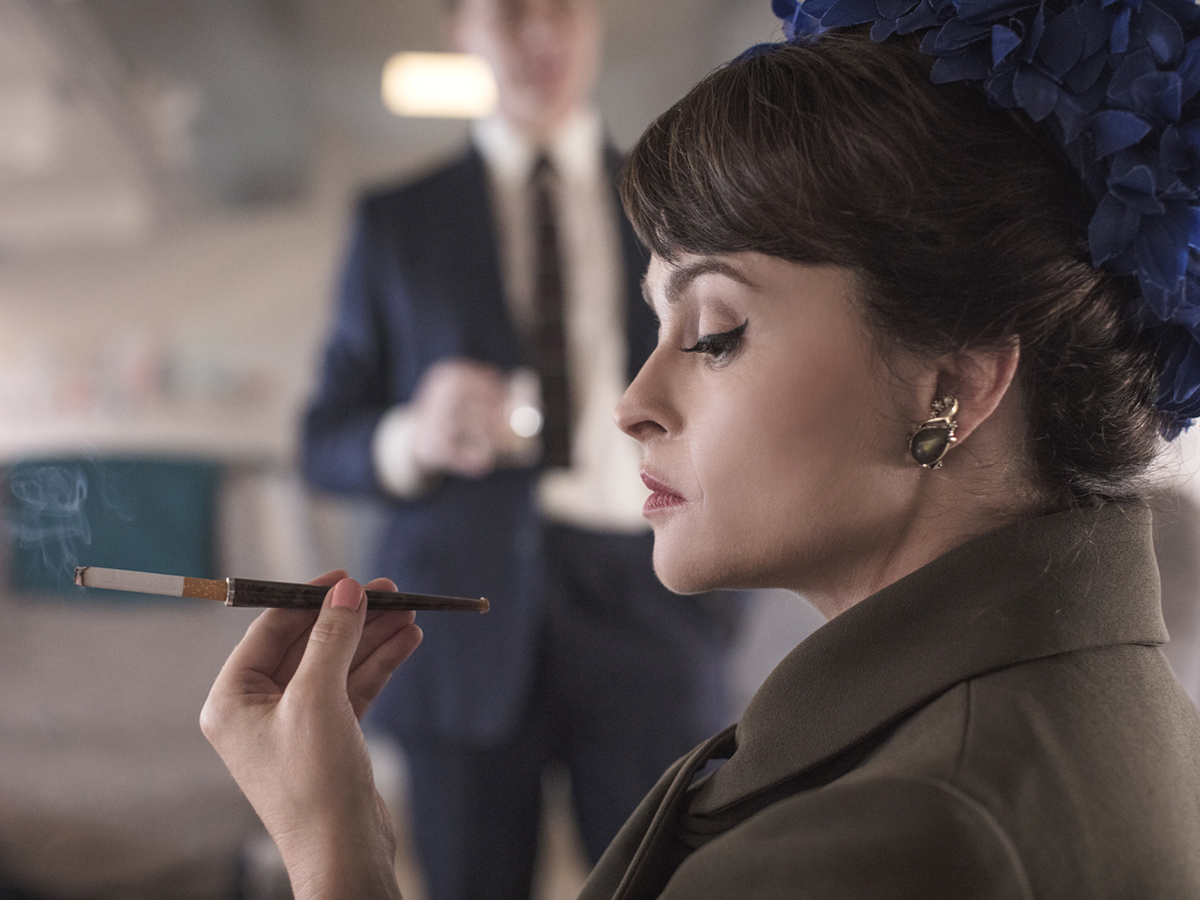
Helena Bonham Carter went to great lengths to master Princess Margaret’s mannerisms, sitting down with the royal’s friends for hours on end, taking scrupulous notes.
One key element was her glamorous smoking style, using an elegant cigarette holder.
Similarly Josh O’Connor, who plays Prince Charles, studied the royal’s speech and his idiosyncrasies, such as the way His Royal Highness pulls at his cuffs and places one hand in his pocket.
For Colman, it was about nailing the Queen’s unique pronunciation and her walk… plus we rarely see Her Majesty without a handbag over her arm.
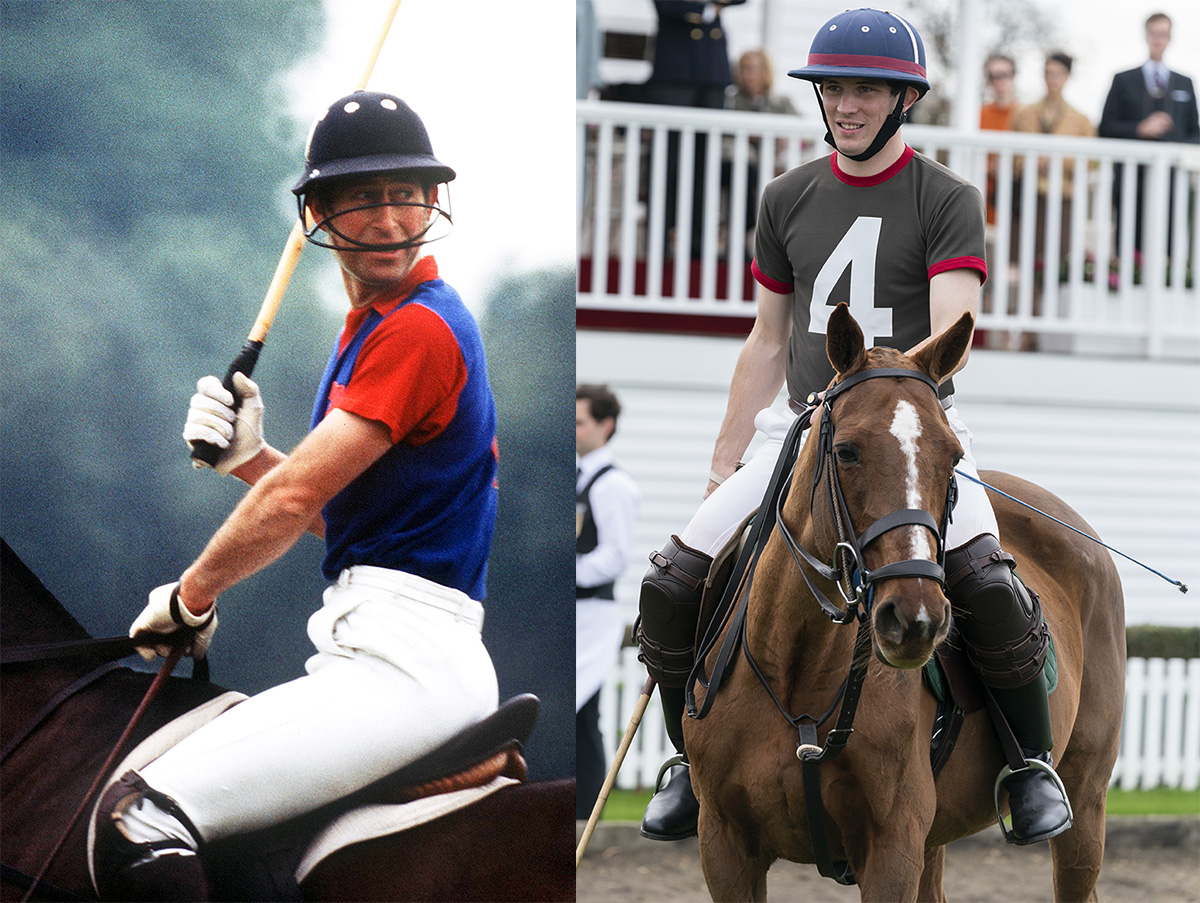
Josh O’Connor, far right, had to brush up on his horsemanship as well as the prince’s idiosyncrasies, for his portrayal of Prince Charles.
Major David Rankin-Hunt, who worked for the royal household for 33 years, is part of The Crown’s team of experts and sits on set constantly advising on protocol.
I ask him about the levels of veracity: “The crew and the cast have done so much detailed research – they are punctilious in getting it right. I am amazed at the amount of information they know and, from my point of view, there has been very, very little that isn’t very accurate,” he replies.
Rankin-Hunt also advises on language and, while he can’t confirm if the conversations Peter Morgan conjures up actually happened, if they were to happen, he can comment on what they might have sounded like.
“I don’t think there have been any occasions that I can think of where they were way off the mark,” he adds.
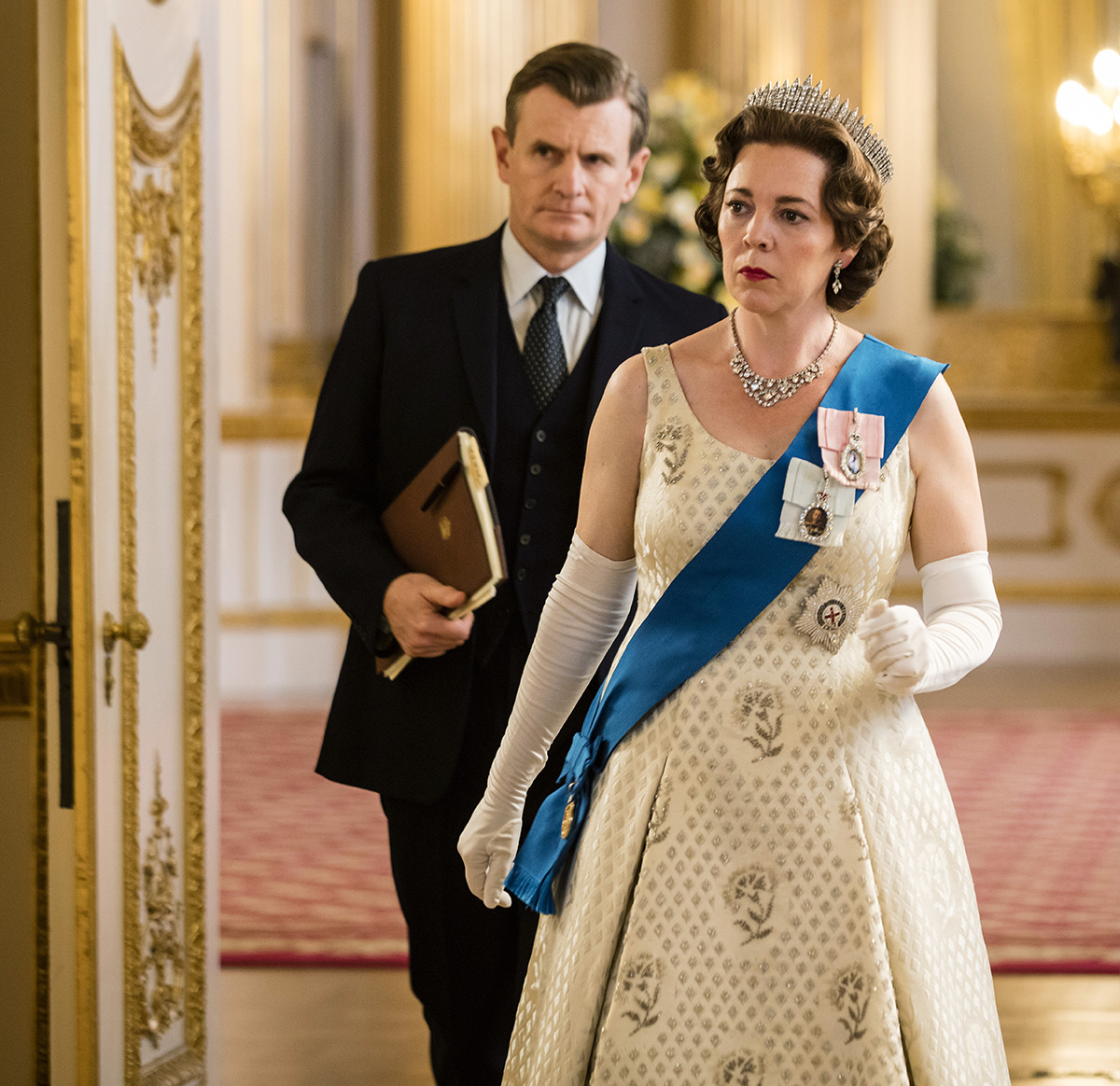
Olivia Colman in full state regalia as Queen Elizabeth II
So far it has been in that dialogue, Morgan’s intuitive guesswork, that the real magic happens.
There is something almost Shakespearean and heroic about Morgan’s vision of the House of Windsor which elevates his royal juggernaut from observational biography to thought-provoking drama.
For at the heart of The Crown the whole nature of royalty is discussed – the battle to be an individual in a world ruled by tradition, the constant pressure of living in the public eye, the double-edged sword of privilege and burden. And it is this that gives the show its endless fascination.
In many ways, Morgan sees the Queen as holding the nation together, sometimes against intense odds, and there’s a real sense that if Her Majesty’s family falls apart the country will too, a tension that feels incredibly relevant in the current climate.
